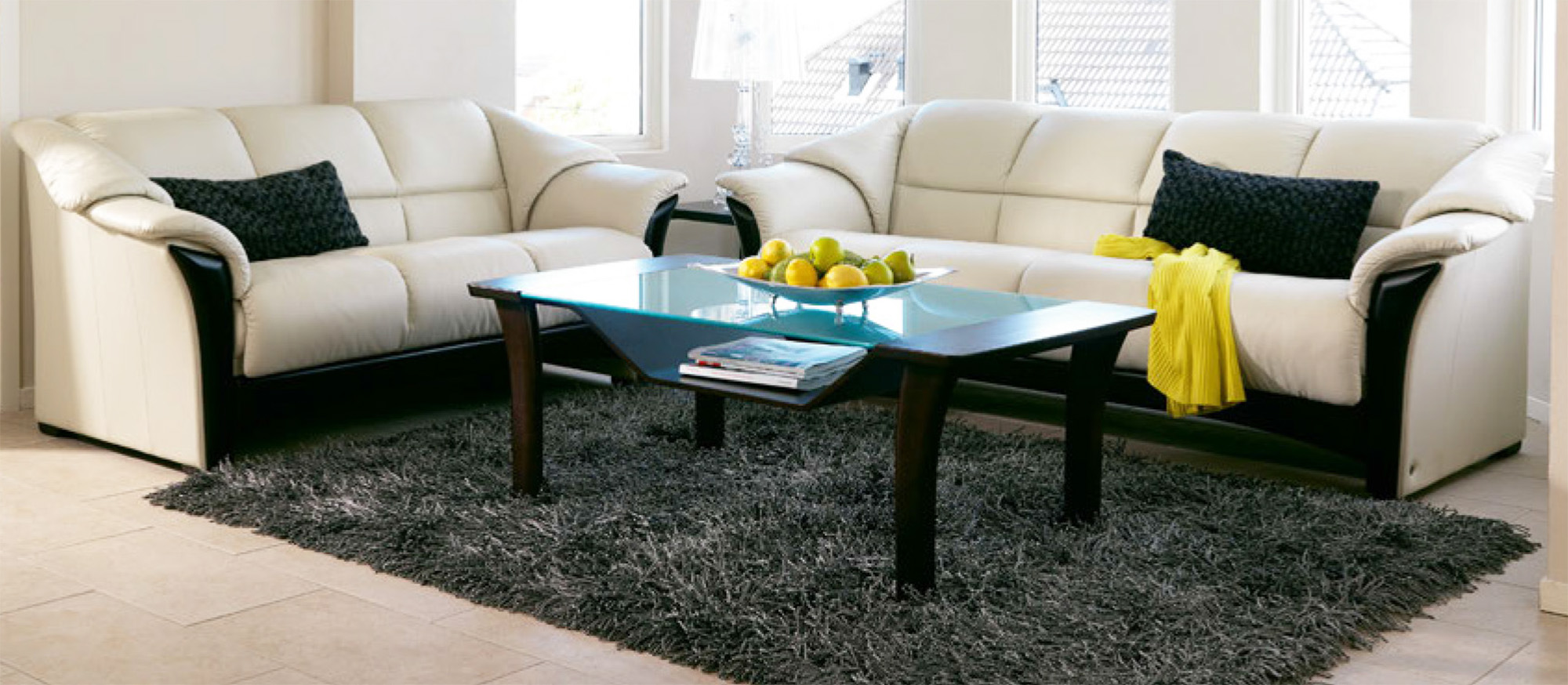While much of the written history of the recliner starts in the early Twentieth Century, the recliner chair dates back much further. The earliest recliner chairs actually appeared in the late Eighteenth Century, and were functionally similar to today’s recliners. The goal was always to allow the user to sit upright or recline back with the legs and feet off the floor.
What has been dubbed by many designers as motion furniture, the recliner has been with us in one form or another for over two hundred years. Modeled after the chaise lounge, the long history of the recliner has seen this popular piece of furniture go from simple to fully motorized. Thought to be an American invention, the recliner has its roots as far back as Napoleon.
In the period around eighteen fifty, the French introduced a reclining camp bed one of which reportedly belonged Napoleon III. This camp cot was quite functional for its time serving multiple purposes. Thought to be modeled after the daybed lounge, the camp cot served as a chair, a bed and chaise lounger. Well upholstered for the times, the reclining camp bed was portable and featured padded arm rests and a steel frame. While the Napoleon camp cot lacked a complex mechanism it no less functional than today’s recliner designs. The user could sit in an upright, recline with the feet elevated or the cot could be folded out for sleeping.
In the late eighteen hundreds, a number of designs emerged for motion chairs. Typically made of wood, with a padded seat and back, these early recliners may have been more conversation piece than a furniture staple like a chair or sofa. Designs from France and America often featured what was referred to as document or a book holder.
Two American cousins, Knabush and Shoemaker, are credited with gaining the patent on a wooden recliner. There was nothing remarkable about the design as it resembled a wooden beach recliner. The difference between this and other recliners was the patent. Issued in nineteen twenty eight, the patent led to the founding of LayZBoy. It would not be until nineteen thirty one that the cousins would patent an upholstered model with a mechanical movement. It would not be until nineteen forty seven that a competing company would add a built in foot rest. The addition of a foot rest would become a standard part of recliner design.
Though the cousins were not the first to develop a piece of reclining motion furniture, they were the first to create a branding strategy for their product. Many other furniture companies began to produce and sell recliners using very similar designs for mechanisms. It was not long before other companies sprang up to produce a variety of recliner mechanisms. From relatively simple designs to more complex motorized and power actuated models, today’s recliners offer specialized solutions to user needs.
Most recliners require the user to sit in the chair and actuate the mechanism by pushing backwards, lifting a lever or pulling on a cable. Power lift recliners have the ability to literally rise up to meet the user. The development of the power lift chair proved to be a boon to folks with limited mobility. Power recliners generally feature some type of remote control that allows the user to operate the chairs movements with the push of a button.
Behind the fabric, the color and the style, the idea of the recliner predates the era of mass production. After a lull in popularity during the nineteen seventies, the recliner has once again become an essential piece of living room furniture.

